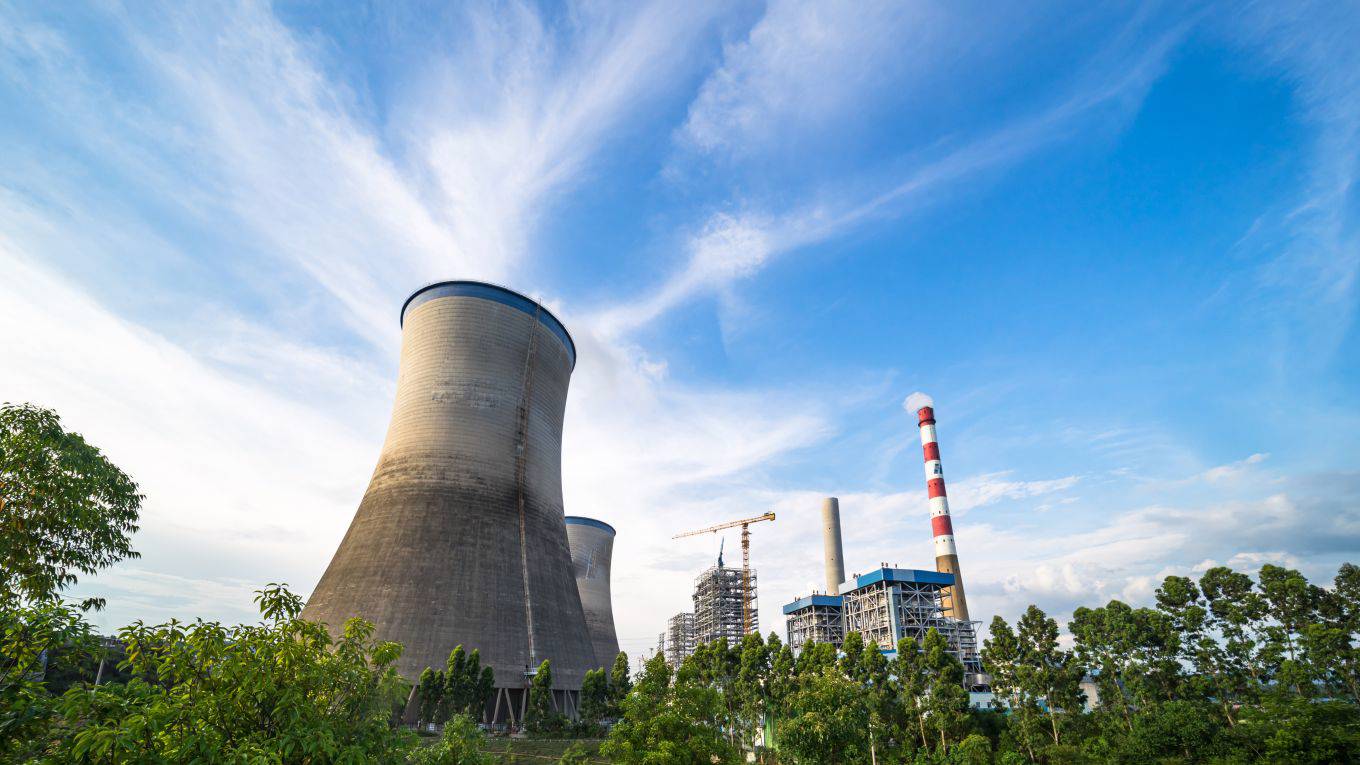ERIK BERGLÖF

BEIJING – China is aiming to halt the rise in its carbon dioxide emissions before 2030 and to achieve carbon neutrality before 2060. If it succeeds, the country will have gone, in less than 40 years, from being the world’s largest CO2 emitter to bringing its emissions into balance.
China is far from being the only country to have declared its intention to reach net-zero CO2 emissions within that time frame – over 120 countries are actively discussing achieving that goal even sooner, by 2050 – but it is the most important one by far. In fact, President Xi Jinping’s announcement of China’s 2060 commitment at the recent United Nations General Assembly was doubly significant, given that the 2015 Paris climate agreement is being actively challenged by leaders of major governments, and undermined by inaction elsewhere, partly as a result of COVID-19.
But is China’s ambition credible? Although Xi did not elaborate in his speech on how the zero-carbon goal will be reached, China has a track record of delivering on major initiatives in areas such as energy efficiency, renewables, pollution reduction, and poverty alleviation. But Xi’s carbon-neutrality pledge is on a very different scale and must be fulfilled in a different global context.
A recent report by the Group of Thirty, an international association of leading global thinkers, aims to help countries accelerate their transition to a net-zero economy. Above all, the G30 stresses that achieving carbon neutrality requires extensive collaboration between government and the private sector, with public policy at the core. Invoking recent innovations in fiscal and monetary policy, the report argues that effective communication and so-called forward guidance can make policy frameworks more predictable.
Specifically, the report calls on governments to phase out explicit and implicit fossil-fuel subsidies, and advocates border-adjustment taxes to prevent countries and firms from undercutting each other by not reflecting carbon costs in their pricing. Although it is unclear how widely these levies will be applied, part of the proceeds should go to low-income countries to help them access the opportunities offered by the transition to carbon neutrality. The job creation resulting from green and sustainable growth must benefit them, too.
Furthermore, corporations need to have clear green transition plans and publish regular progress reports that boards actually review. Significant investments are needed to strengthen financial institutions’ capacity to assess the climate impact of investments and shift resources from laggards to companies leading the low-carbon transition. Within financial and non-financial firms alike, incentives must reflect net-zero objectives.
Governance is critical. As the G30 and others have suggested, governments must ensure independent policy reviews by establishing mechanisms such as Carbon Councils, modeled on fiscal and monetary-policy councils. Likewise, special board committees can ensure that private-sector lending and investment decisions properly account for climate risks. Transparency regarding these risks will encourage peer review and allow markets to identify leaders and laggards. Ongoing work to develop appropriate accounting standards should help to increase the quality and thus the value of disclosure.
Companies will incur costs by moving first, before competitors have implemented carbon prices and the price of alternative fuel sources has come down. But the benefits are greater. Many institutional investors already face pressures to incorporate climate and other sustainability goals in their investment criteria, while regulators are increasingly accounting for climate-change risks. First-movers can benefit from these trends.
The same principle applies to countries. Over time, peer pressure to achieve net-zero CO2 emissions will increase, and national strategies will have to converge. Early movers can spread their adjustments over a longer period and avoid the costs of disruptive last-minute changes. But all economic actors must move together, and governments will need the support of the private sector in making the transition. Every day of delay will add to the eventual stock of “stranded assets” once carbon prices have fully adjusted.
Multilateral development banks (MDBs) should be at the forefront of these developments. Many are leading by example. The recent statement by the Asian Infrastructure Investment Bank’s President, Jin Liqun, that he will not consider projects related to coal-fired power generation sent an important signal in a region where CO2 emissions are still rising. The bank also set a target to reach or surpass a 50% share of climate finance in its investments by 2025. All of the MDBs can further leverage their joint capital and clout to reduce risk, ensure the use of state-of-the-art green technologies, and accelerate the policy shift toward climate-change mitigation and adaptation.
We still do not know the most cost-effective and just pathway toward achieving a zero-carbon economy, but there is no lack of potential solutions. Xi has launched one of the most important policy initiatives of the last 40 years. His approach reflects a key feature of Chinese reforms since the 1970s: announce a bold vision and then figure out how to realize it through structured experimentation and careful iterations – or, as Deng Xiaoping famously said, “crossing the river by feeling the stones.”
But, as China’s leaders are acutely aware, climate change is already flooding Chinese rivers and pulling away stones, while other countries, including the United States, are battling historic wildfires in the midst of a pandemic. To reduce the risk of further havoc, there is no alternative: China and the world must urgently make the transition to carbon neutrality.
No comments:
Post a Comment